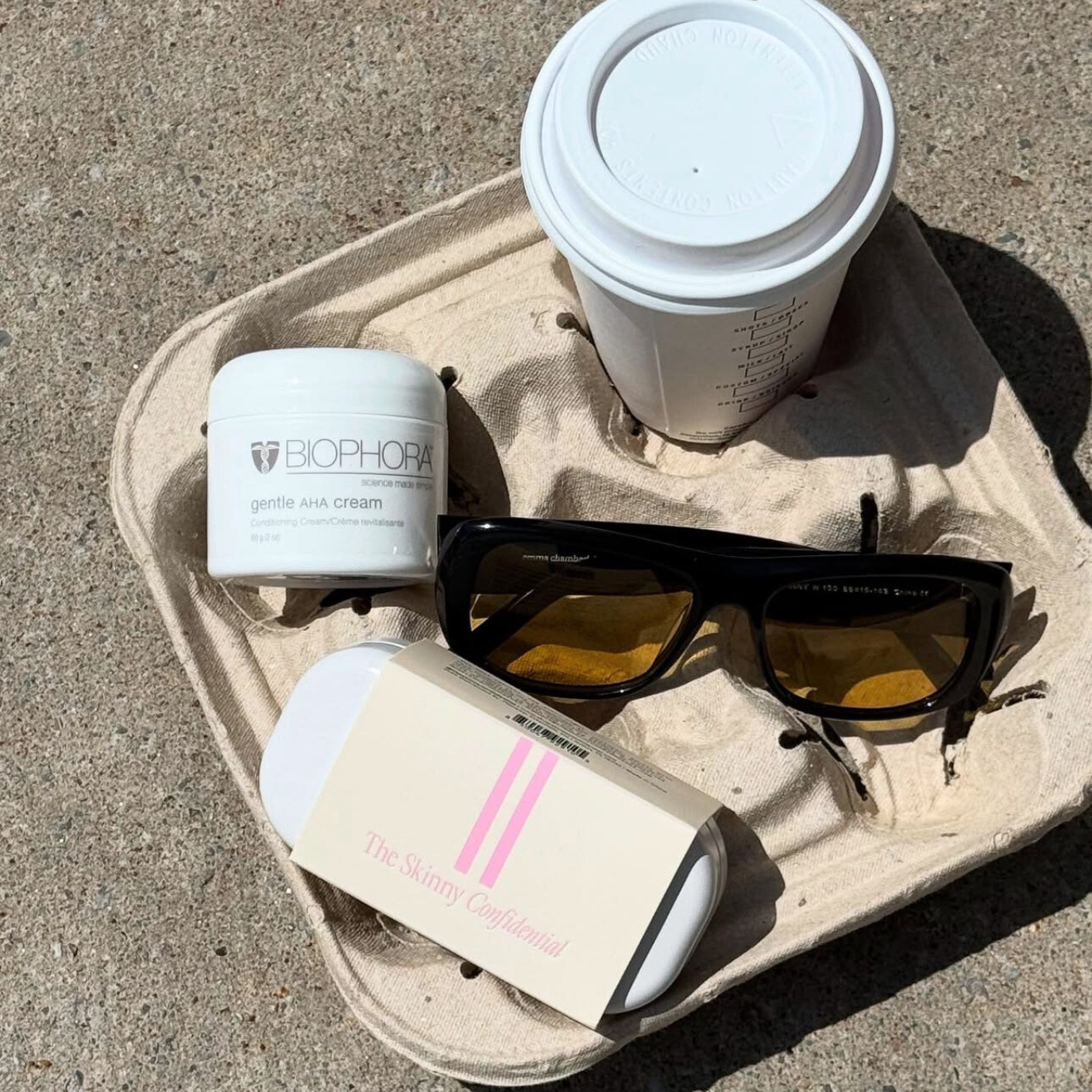
Skin Cycling: The buzz, the breakdown, and is it worth the hype
If you’ve been on TikTok or Instagram lately, chances are you’ve seen the term “skin cycling” floating around. It sounds like a trend, maybe even a gimmick, but when you look past the aesthetics and influencer gloss, what you find is a smart, science-backed approach to skincare that makes sense.
But is it worth all the hype? Is it just a flashy name for basic skin hygiene, or something deeper? Let’s take an honest look at skin cycling: what it is, why it works, who it’s for, and how to do it correctly, no fluff, no fear-mongering, just facts.
What is skin cycling? It is a systematic way to apply your evening skincare ingredients, mainly exfoliants and retinoids, on a four-night rotation. The term was popularised by dermatologist Dr. Whitney Bowe, and the concept is based on respecting the skin barrier and fostering long-term skin resilience. The standard cycle looks like this:
- Night 1: Exfoliation & resurfacing
- Night 2: Retinoid
- Nights 3 & 4: Recovery & Repair
- Then you repeat the cycle.
The aim is to prevent over-exfoliation and irritation, which often happen when multiple actives are used without giving the skin time to adapt. Skin cycling involves deliberate rest days to strengthen the skin barrier and promote visible results, without causing inflammation.
The science behind slowing down with skin cycling isn’t just influencer marketing with a catchy name; it's a genuine approach to skincare. The science supporting it is real and well-documented. Overusing exfoliants (like AHAs, BHAs, or scrubs) or applying retinol daily can disrupt the skin’s acid mantle, decrease hydration, and trigger inflammatory responses, leading to increased sensitivity, flakiness, or breakouts.
By scheduling nights of recovery, you enable acclimation, supporting:
- Barrier repair (essential for long-term tolerance)
- Decreased transepidermal water loss (TEWL)
- Lower sensitivity to actives
- Enhanced hydration and radiance
Studies have shown that alternating retinoids with non-active, barrier-supportive formulas enhances patient compliance and reduces irritation, especially in sensitive skin or for those new to retinoids.
Why some people love it:
- It simplifies skincare. One of the main barriers to consistency is decision fatigue. Skin cycling provides structure, which in turn offers clarity.
- It alleviates irritation. If you’ve ever had raw, overworked skin, this method offers relief.
- It builds confidence. For beginners, having a “plan” makes actives like retinol much less intimidating.
- It aligns with skin biology. Your skin doesn’t need to be pushed every night; sometimes, the magic is in letting it rest.
Why some people don’t love it:
- Too prescriptive. Some people prefer to adjust their skincare routine according to how their skin feels each day, rather than following a fixed schedule.
- May slow results. If you’re already an advanced user of retinoids or actives, skin cycling might seem like it unnecessarily delays progress.
- Co-opted by marketers. Let’s be honest: skin cycling skyrocketed in popularity because brands saw an opportunity to sell “curated skin cycling kits.” But honestly, you don’t need a kit. You need a system and patience.
Overrated or underrated? Honestly? Neither. Skin cycling is essentially a rebranding of a practice that experienced estheticians and dermatologists have recommended for decades: introduce actives gradually, prioritize your skin barrier, and avoid doing too much at once. But in a world where skincare routines are marketed like 12-step programs and every serum promises overnight results, the elegance of less but consistent effort feels truly revolutionary. If your skin is irritated, overwhelmed, or plateauing, this might be exactly what you need.
BSE takes with the ZO Skin Health edition: If you're dedicated to achieving consistent results and prefer to stick with a single top-tier brand, ZO Skin Health offers a clinical, data-supported range that integrates smoothly with skin cycling. Here's an example of how we would develop a routine using only ZO Skin Health, focusing on structure, purpose, and genuine outcomes.
Night 1 (Exfoliation / Resurfacing):
- Exfoliation Accelerator: Formulated with a 10% glycolic and lactic acid complex, this serum boosts cell turnover and gently removes dead skin while calming the skin with aloe and chamomile. This is your surface reset. Usage Instructions: After cleansing, apply one pump to dry skin. Follow with Hydrating Crème for extra moisture.
- Alternative for oily or acne-prone skin: Dual Action Scrub offers physical exfoliation and salicylic acid to control oil, clear pores, and smooth skin.
Night 2 (Retinoid):
- Radical Night Repair: Not for the faint of heart. With 1% encapsulated retinol, this product stimulates collagen, evens tone, and smooths fine lines. It’s potent, so buffer as needed. Start slow: Apply every fourth night to begin, gradually increasing frequency. You may buffer it with Recovery Crème if you’re sensitive. Expect activity: Redness and peeling are normal as your skin builds tolerance.
- Beginner option: Wrinkle + Texture Repair (0.5% retinol) is a milder option for those just starting out.
Night 3 & 4 (Recovery + Hydration):
- Hydrating Crème: Rich and nourishing, this cream soothes irritation, enhances hydration, and supports skin barrier function after actives. Formulated with colloidal oatmeal, squalane, and shea butter. Layer with: Daily Power Defense to enhance cellular repair and antioxidant protection.
- Alternatively, for deep repair and to strengthen, use Renewal Crème and Daily Power Defense. This duo helps with healing and guards against damage caused by free radicals. Renewal Crème softens, soothes, and rebuilds the skin. Daily Power Defense goes deeper by stimulating repair enzymes and enhancing overall skin function.
Daily AM essentials:
- Cleanser: Choose from one of these cleansers
- Serum: Daily Power Defense (yes, again!)
- Targeted eye care
- Targeted products for firming, lifting, etc.
- Choose from one of these SPF’s
Skin cycling works because it aligns with skin intelligence. It teaches restraint in a world obsessed with more. It encourages us to listen instead of layer, and to approach skincare with purpose, not panic. While the framework is simple, results aren’t one-size-fits-all. Age, skin type, lifestyle, budget, and specific concerns all matter, and that’s where expert guidance makes all the difference. Whether you’re working with an esthetician, a medical provider, or a trained skincare professional, having someone analyze your skin and create a routine tailored to your unique needs is key. Be patient. Skin takes time to respond. Real change doesn’t happen overnight, but with the right support and rhythm, it absolutely can.
Until next time,
Beate von Huene

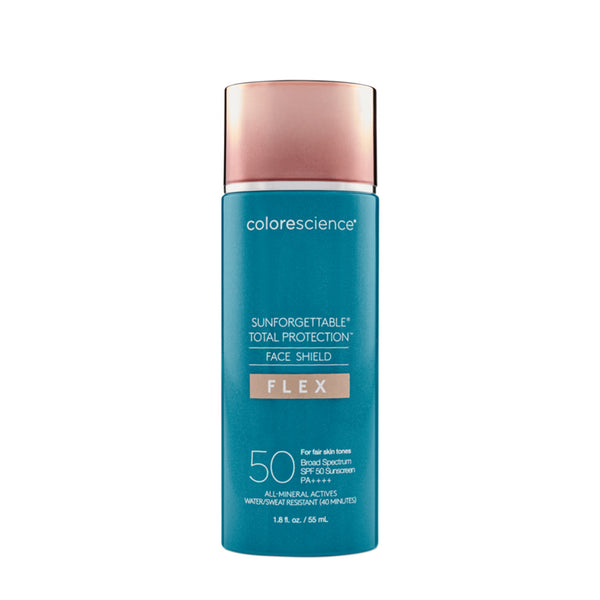
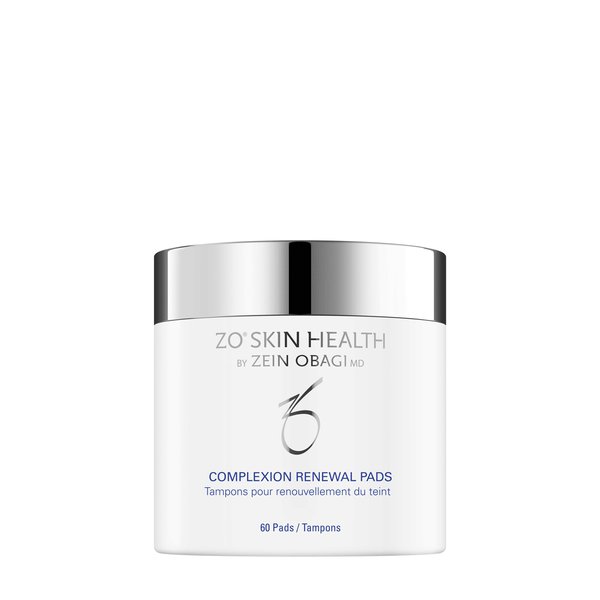
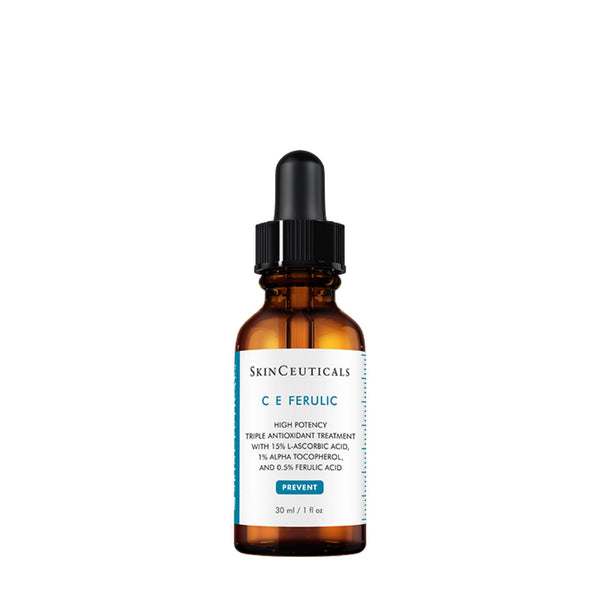
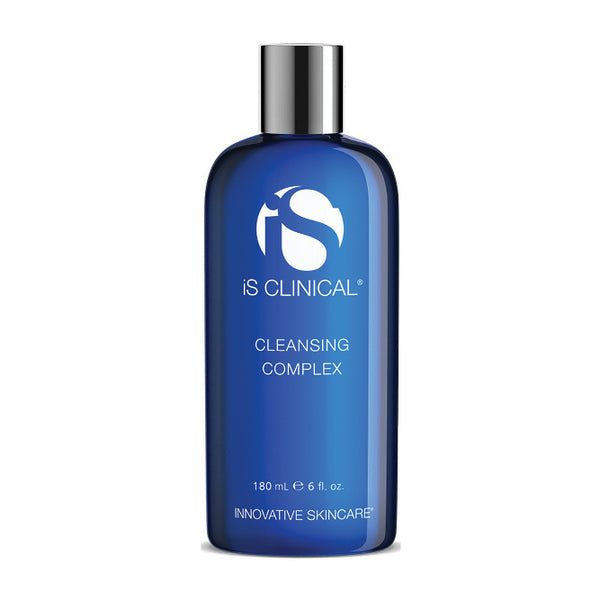
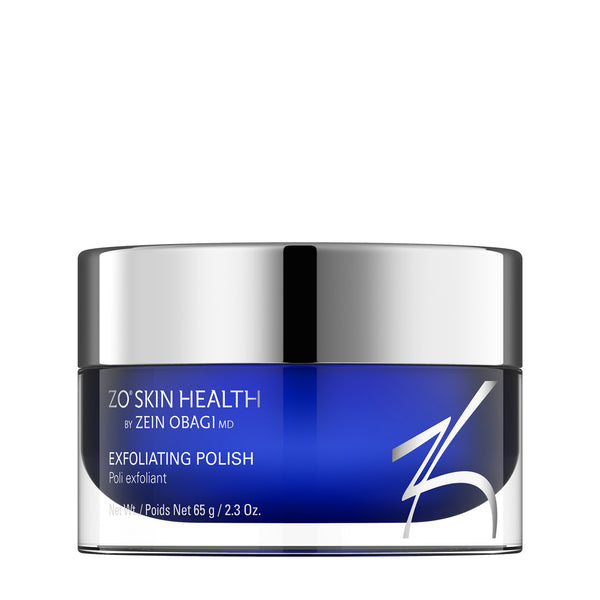

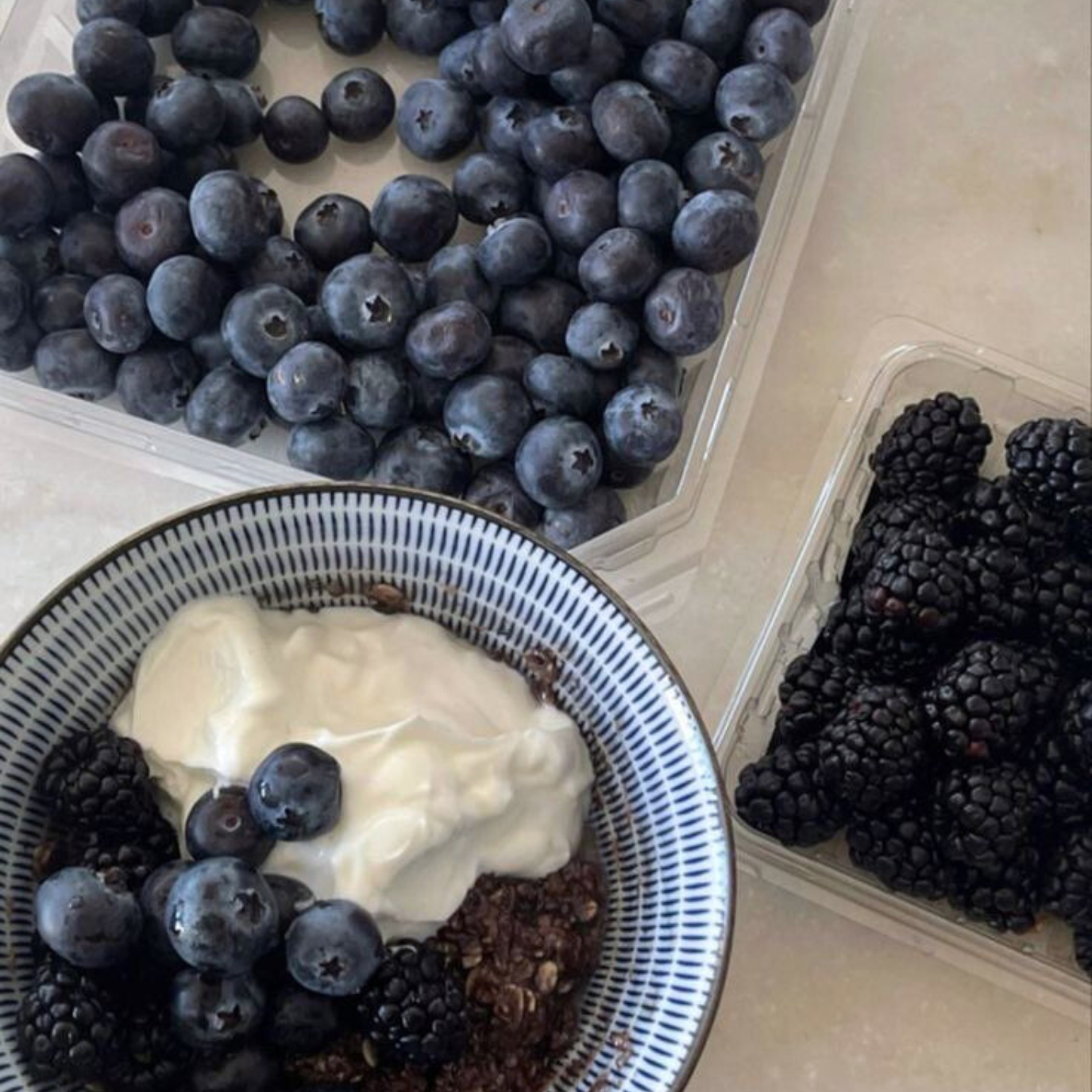



Leave a comment